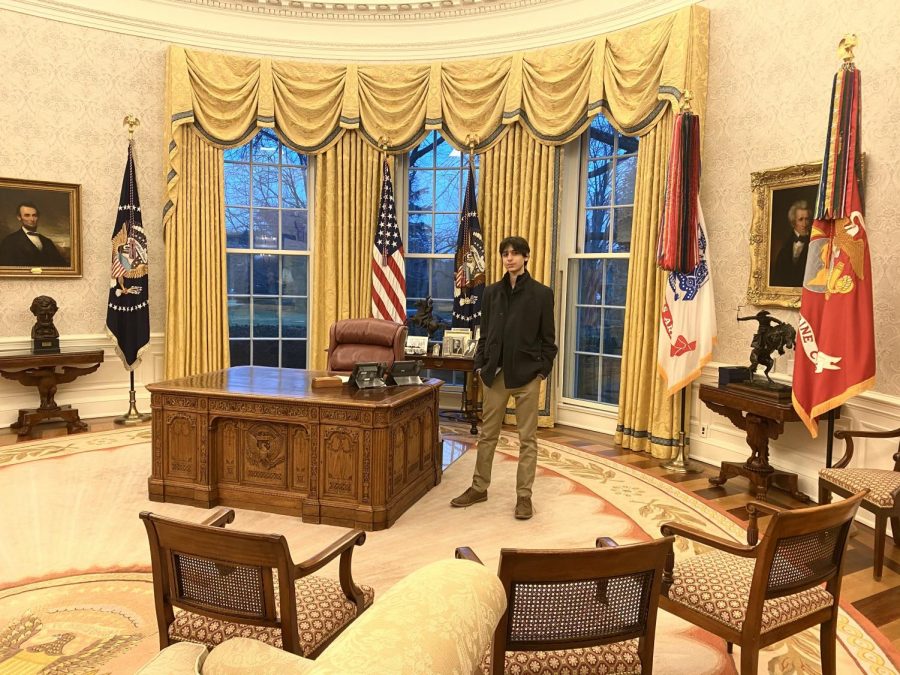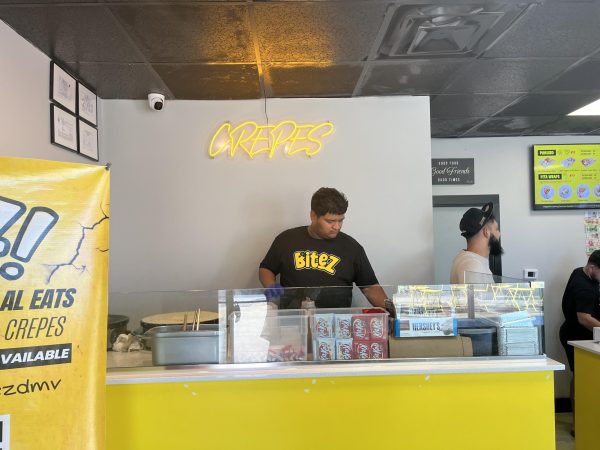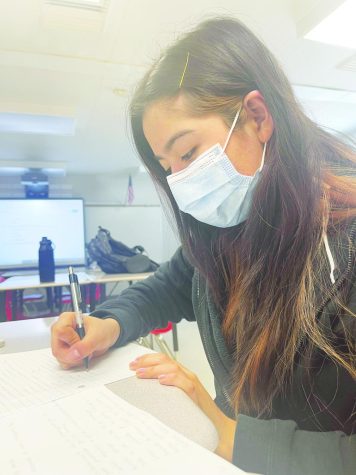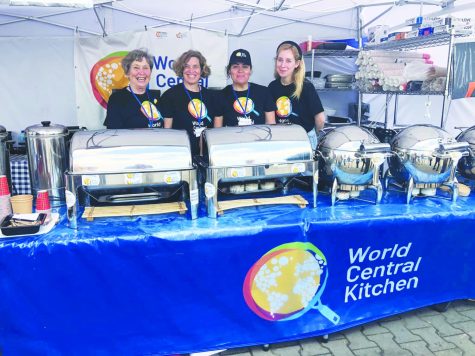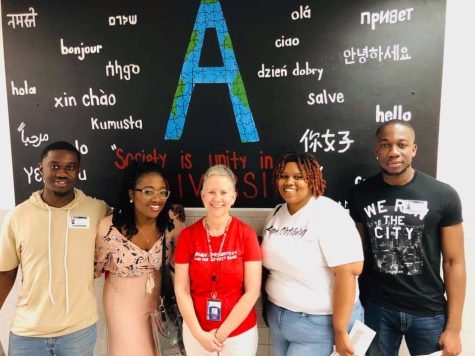How I got to visit the Oval Office
Senior Nareg Boghosian witnesses Trump’s exit
Senior Nareg Boghosian visits the Oval Office with his mother in the final days of the Trump administration.
Days before Jan. 20, the White House had an unusual mood as opposed to its hectic ambience. Despite rising controversies regarding the recent presidential election and Inauguration, many seem to be unaware of what truly occurs “behind the scenes” of the transfer of power. On Sat. Jan. 16, I was fortunate enough to witness the happenings in the White House as it was preparing for our new President Joe Biden.
As an Official White House Photographer, my mother, Joyce Boghosian, had asked me to help organize the camera equipment inventory for the new incoming photographers under the Biden Administration. After working on and off as a White House Staff since 1988, she has photographed a total of six U.S. Presidents beginning with President Ronald Reagan. My mother thought it would be a memorable occasion to bring me along and see the activities at this time.
It was fascinating to see the nation’s capital city under such heavy protection of our military forces. Traveling into the West Wing during this time requires a multitude of steps to truly conserve safety. For most, it is a unique experience; witnessing added security and passing through checkpoints that many government workers undergo every day.
Taking my first steps in the building, I immediately noticed the everyday workers and their dedication to the institution of the White House. The media has consistently projected the face of the office through the President, lacking to represent the importance of its employees.
Most cease to recognize the White House as not only a setting of politicians but of photographers, chefs, housekeeping, law enforcement, stenographers, military personnel, electricians, carpenters, National Park Service groundskeepers, curators, calligraphists, florists, medics; the list goes on. I enjoyed meeting the people who make the White House such a special place. They serve in the capacity of operations and are critical to the mission of any president.
My mother has shown me through this visit and throughout my childhood the camaraderie that exists at the White House and its unique environment. I was privileged to have seen the various components and roles of staff members. I saw them saying their goodbyes while overtaken by emotion and stress. These offices had become their second home. Naturally, they had built a relationship and bond that they will treasure for years to come.
I primarily saw the staff packing up, turning in assets, and clearing the environment for the next administration. I also saw the importance and seriousness of preparing presidential records to be transferred to the National Archives. My mother’s photographs were a part of this collection and will eventually move the Presidential Library.
At the end of the day, I left the White House with a better understanding of its reality. I learned that the White House is not just a workplace for aspiring politicians, but for anyone wanting to serve their nation.
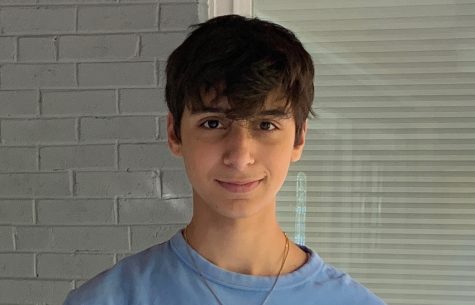
Senior Nareg Boghosian is a first-year staff writer for The A-Blast. In his free time, he enjoys participating in the performing arts and sports. He hopes...



